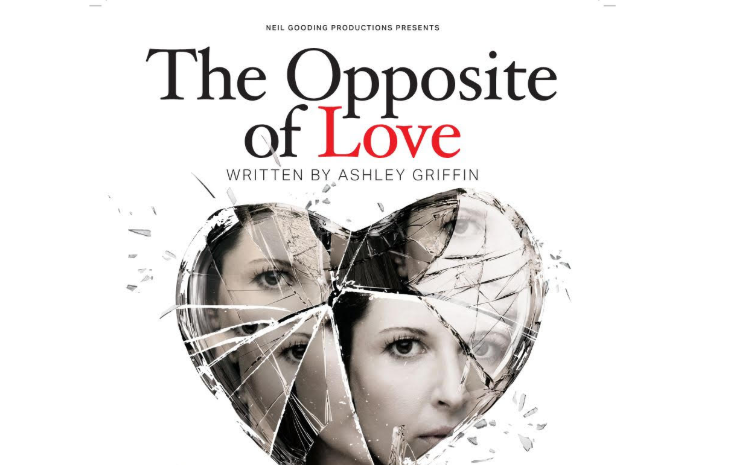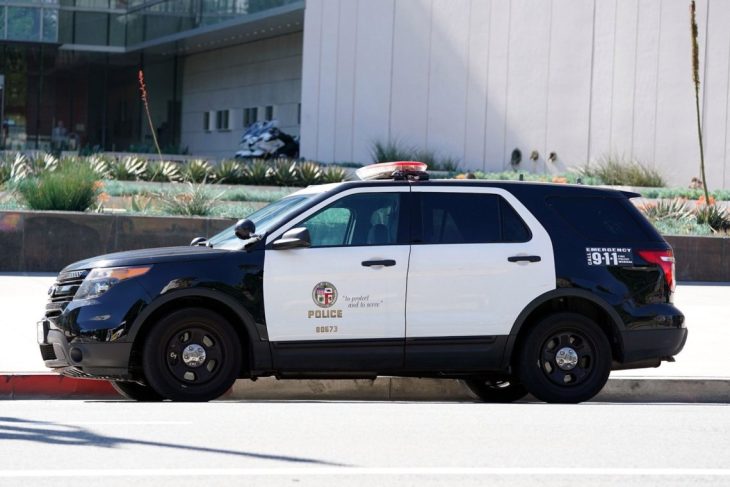On the weekend of May 10-12th, The Archer School for Girls pushed to “crack the glass ceiling†for women in film by hosting its second annual Archer Film Festival.
But is there still a glass ceiling?
The Archer event is dedicated to empowering female filmmakers, and this year 18 films were featured from over 150 submissions from high school students across Los Angeles. The festival was spearheaded by Archer seniors Alex Jacobson, Aby Josephson, Nastasya Popov, along with the helpful guidance of Archer film educator Reed Farley.
This two-day, two-location conference began Friday night in true Hollywood style at the Harmony Gold Theatre on Sunset Boulevard. Complete with red carpet, paparazzi, and VIP guests, the turn out for these young filmmakers packed the theatre.
The films in the competition were witty, innovative, thought provoking, and extremely well-made; I was very pleased to have attended the Film Festival, and I think sometimes we forget about how crucial it is to empower these women who have entered this field that has traditionally been dominated by men.
Kicking off the night was keynote speaker Vanessa Morrison, president of Fox Animation Studios. During the Q&A, she was asked if she had ever felt inferior to her male counterparts, and if she was daunted by the prospect of competing in a male dominated industry. Morrison rebutted, “Not at all. I was always confident about my position. I ignored those types of obstacles.†Morrison, who greenlit the production of the animation hit Ice Age: Continental Drift, proudly proclaimed, “Most of the other divisions at Fox are run by women.â€
The schools that were represented in the Film Festival were Santa Monica High School, Van Nuys High School, the Archer School for Girls, Harvard-Westlake, Grover Cleveland High School, and Mira Costa High School.
There was a panel discussion on Saturday, May 11th, which covered a myriad of topics, ranging from documentary filmmaking to women in film. The panelists were all notable industry professionals, and the discussion about documentary filmmaking was led by cinematographer Nicole Whitaker, film editor Kate Amend, and director Johanna Demetrakas.
The panel discussion about women in film included speakers such as director Gia Coppola, cinematographer Cate Smierciak, writer Annie Levine, visual effects supervisor Veronica Kablan, Turner Broadcasting’s senior vice-president Lillah McCarthy, and Paramount Pictures’ Alana Mayo.
It was reassuring to see exemplars like Fox Animation’s Vanessa Morrison up there on stage. That’s because according to www.seejane.org, males currently outnumber 3 to 1 in family films. What’s troubling is that this statistic is identical to the one recorded in 1946. In addition to this, the same source shows that across 1,565 content creators, only 7% of directors, 13% of writers, and 20% of producers are female.
So what do these stats really suggest? How about opportunity, not repression? Despite these statistics, young females with an aptitude and aspiration for film can still follow in the footsteps of inspirational women such as the accomplished Morrison, and the other role models that led Archer’s panel discussions the next day. These are just a few of the many women who have risen up and defied the odds, and continue to teach other girls how to have a voice.
Truth be told, there really is no longer a glass ceiling for women in film. There is a hungry appetite for creative entertainment out there. But it’s up to talented women, and men too, to strive for advancement in any field that stirs their passions.
























